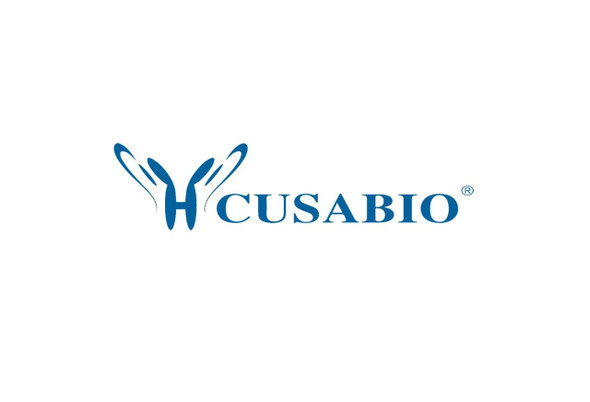Cusabio Human Recombinants
Recombinant Human Prostaglandin E synthase 3 (PTGES3) | CSB-EP613587HU
- SKU:
- CSB-EP613587HU
- Availability:
- 3 - 7 Working Days
Description
Recombinant Human Prostaglandin E synthase 3 (PTGES3) | CSB-EP613587HU | Cusabio
Alternative Name(s): Cytosolic prostaglandin E2 synthase (cPGES) (Hsp90 co-chaperone) (Progesterone receptor complex p23) (Telomerase-binding protein p23)
Gene Names: PTGES3
Research Areas: Cancer
Organism: Homo sapiens (Human)
AA Sequence: MQPASAKWYDRRDYVFIEFCVEDSKDVNVNFEKSKLTFSCLGGSDNFKHLNEIDLFHCIDPNDSKHKRTDRSILCCLRKGESGQSWPRLTKERAKLNWLSVDFNNWKDWEDDSDEDMSNFDRFSEMMNNMGGDEDVDLPEVDGADDDSQDSDDEKMPDLE
Source: E.coli
Tag Info: N-terminal 10xHis-tagged
Expression Region: 1-160aa
Sequence Info: Full Length
MW: 24.2 kDa
Purity: Greater than 85% as determined by SDS-PAGE.
Relevance: Cytosolic prostaglandin synthase that catalyzes the oxidoreduction of prostaglandin endoperoxide H2 (PGH2) to prostaglandin E2 (PGE2). Molecular chaperone that localizes to genomic response elements in a hormone-dependent manner and disrupts receptor-mediated transcriptional activation, by promoting disassembly of transcriptional regulatory complexes. Facilitates HIF alpha proteins hydroxylation via interaction with EGLN1/PHD2, leading to recruit EGLN1/PHD2 to the HSP90 pathway
Reference: "Toward a global characterization of the phosphoproteome in prostate cancer cells: identification of phosphoproteins in the LNCaP cell line." Giorgianni F., Zhao Y., Desiderio D.M., Beranova-Giorgianni S. Electrophoresis 28:2027-2034(2007)
Storage: The shelf life is related to many factors, storage state, buffer ingredients, storage temperature and the stability of the protein itself. Generally, the shelf life of liquid form is 6 months at -20?/-80?. The shelf life of lyophilized form is 12 months at -20?/-80?.
Notes: Repeated freezing and thawing is not recommended. Store working aliquots at 4? for up to one week.
Function: Cytosolic prostaglandin synthase that catalyzes the oxidoreduction of prostaglandin endoperoxide H2 (PGH2) to prostaglandin E2 (PGE2)
Involvement in disease:
Subcellular Location: Cytoplasm
Protein Families: P23/wos2 family
Tissue Specificity:
Paythway:
Form: Liquid or Lyophilized powder
Buffer: If the delivery form is liquid, the default storage buffer is Tris/PBS-based buffer, 5%-50% glycerol. If the delivery form is lyophilized powder, the buffer before lyophilization is Tris/PBS-based buffer, 6% Trehalose, pH 8.0.
Reconstitution: We recommend that this vial be briefly centrifuged prior to opening to bring the contents to the bottom. Please reconstitute protein in deionized sterile water to a concentration of 0.1-1.0 mg/mL.We recommend to add 5-50% of glycerol (final concentration) and aliquot for long-term storage at -20?/-80?. Our default final concentration of glycerol is 50%. Customers could use it as reference.
Uniprot ID: Q15185
HGNC Database Link: HGNC
UniGene Database Link: UniGene
KEGG Database Link: KEGG
STRING Database Link: STRING
OMIM Database Link: OMIM









